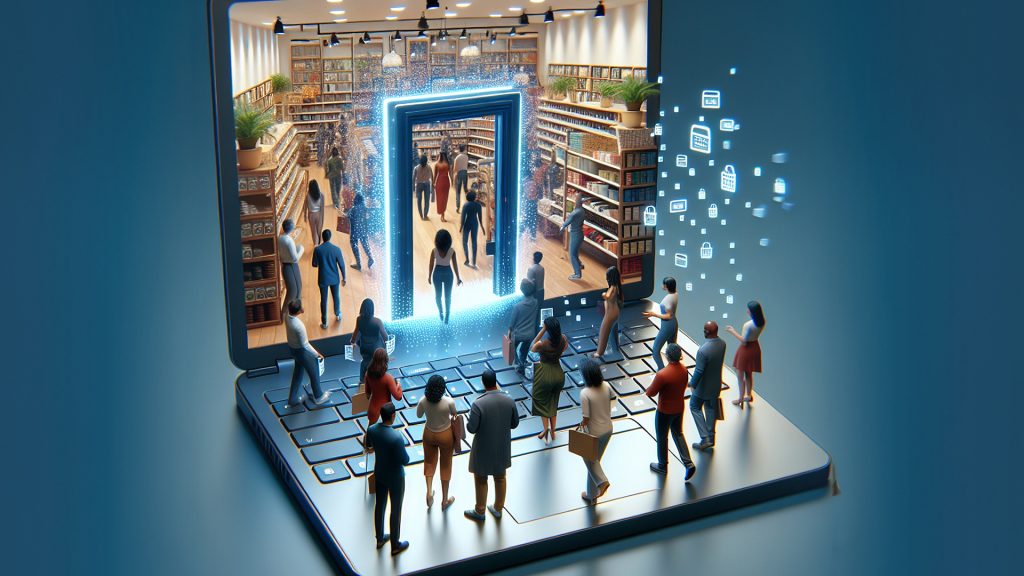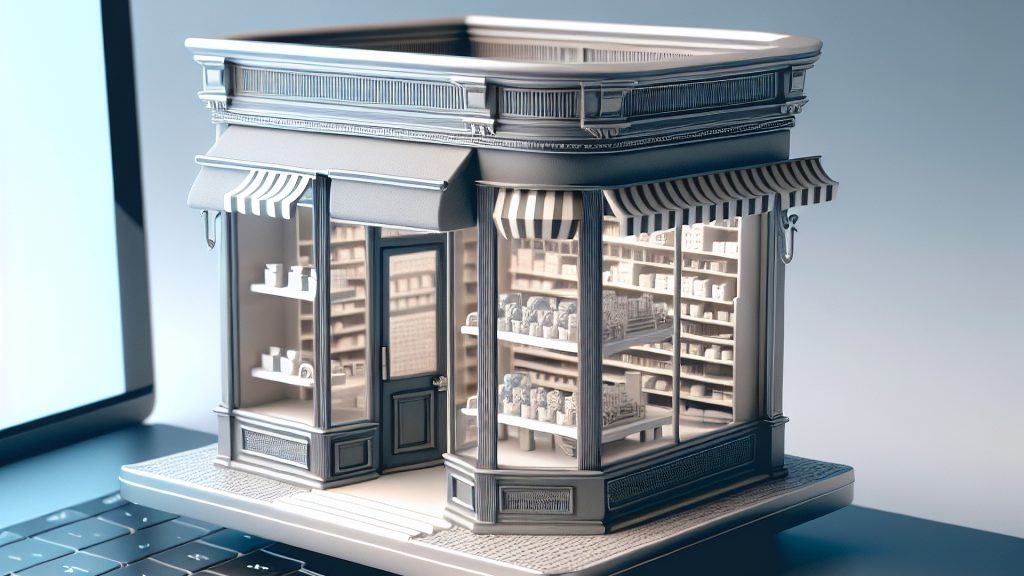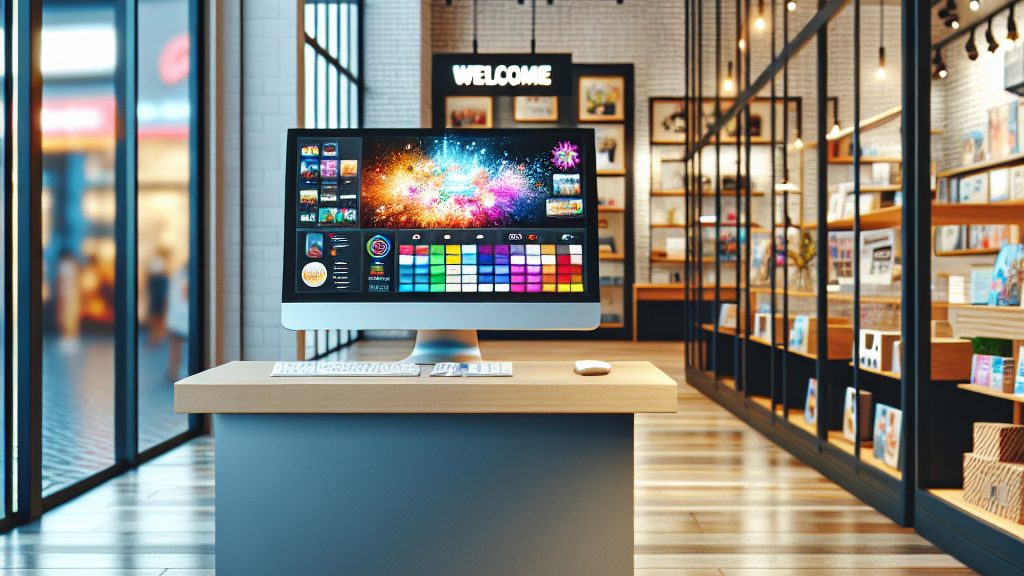The Role Of Packaging Design In Creating An Omnichannel Brand Experience

In today’s competitive retail landscape, establishing a consistent and engaging brand experience across multiple sales channels is vital for business success. Packaging design plays a pivotal role in achieving an effective omnichannel strategy. This article explores the concept of omnichannel, examines the differences between packaging design for eCommerce and brick-and-mortar retail, discusses the potential stringency of packaging requirements in physical stores, highlights key variables entrepreneurs should consider when designing packaging for different sales channels, and provides examples of brands that excel in creating a superior omnichannel brand experience.

What is Meant by the Term “Omnichannel”?
Omnichannel refers to an integrated approach to retail where businesses provide a seamless and consistent brand experience across various sales channels. It involves creating a unified presence, messaging, and customer service throughout the customer journey, irrespective of the channel or touchpoint they engage with.

Crafting Packaging Solutions for Online and In-Store Retail Environments
1. Visual Appeal: eCommerce packaging design must effectively capture attention in a digital environment, while brick-and-mortar packaging needs to stand out amidst physical store shelves.
2. Information Presentation: eCommerce packaging should compensate for the absence of physical interaction by conveying product details, benefits, and brand messaging through visuals and concise text. Brick-and-mortar packaging should prioritize easily scannable and comprehensible information.
3. Structural Considerations: eCommerce packaging requires durability and protective designs to withstand shipping and handling, whereas brick-and-mortar packaging should be designed for ease of stacking, display, and restocking on store shelves.

Packaging Challenges: Understanding the Contrasting Demands of Brick & Mortar and eCommerce Environments
Brick-and-mortar packaging requirements can be more stringent due to various factors:
1. Shelf Space Constraints: Physical stores often have limited shelf space, necessitating packaging that is visually impactful, easily identifiable, and efficient in space utilization.
2. Point of Sale Display Opportunities: Brands compete for end-cap displays or prominent shelf positions, requiring packaging that stands out and effectively communicates the product’s value proposition.
3. Retailer Guidelines: Retailers may have specific packaging requirements, such as dimensions, materials, or labeling, to ensure consistency and adherence to their branding guidelines.

Key Considerations for Entrepreneurs in Multichannel Packaging Design
1. Brand Identity: Packaging design should align with the brand’s values, positioning, and target audience across all sales channels to maintain a consistent brand image.
2. Customer Journey: Understanding how customers interact with the brand throughout their purchasing journey across different channels helps design packaging that supports and enhances their experience.
3. Channel-specific Constraints: Consider the unique requirements of each sales channel, such as shipping constraints for eCommerce or shelf space limitations for brick-and-mortar retail, when designing packaging solutions.
4. Material Selection: Choose packaging materials that align with the needs of each channel, such as durable and protective materials for eCommerce or lightweight options for cost-effective shipping.

Exploring Additional Sales Channels: Beyond eCommerce and Brick & Mortar
1. Social Media: Packaging design should be visually appealing and shareable to generate excitement and support a consistent brand experience on social media platforms.
2. Subscription Boxes: Create packaging that enhances the unboxing experience, reflects the brand’s identity, and encourages customer loyalty.
3. Wholesale and B2B: Design packaging that communicates professionalism, durability, and ease of distribution to cater to the needs of wholesale customers.
Innovators in Omnichannel Branding: Brands Setting the Bar High with Packaging Design
1. Adidas: Adidas delivers a cohesive omnichannel brand experience by maintaining consistent packaging design across its eCommerce platform, physical stores, and social media channels. The iconic three-stripe branding, innovative packaging solutions, and engaging unboxing experiences contribute to a unified and memorable brand experience.
2. Sephora: Sephora seamlessly integrates packaging design across eCommerce, brick-and-mortar retail, and its mobile app. Consistent use of the black and white color scheme, elegant typography, and attention to detail in product presentation create a unified brand experience that aligns with their image as a beauty authority.
3. Patagonia: Patagonia successfully creates an omnichannel brand experience by designing packaging that reflects their commitment to sustainability and the outdoors. Whether purchased online or in-store, their packaging incorporates recycled materials, informative messaging on environmental initiatives, and a sense of adventure.
4. Herschel Supply Co.: Herschel Supply Co. delivers a consistent brand experience across its eCommerce platform and physical stores. Their packaging design features distinctive patterns, quality materials, and functional elements that reflect their brand’s focus on travel, exploration, and durability.
5. Casper: Casper, a mattress-in-a-box company, excels in creating a superior omnichannel brand experience. Their packaging design conveys simplicity, comfort, and convenience, aligning with their online presence and their physical retail partners. The minimalist design, easy-to-handle packaging, and clear instructions provide a seamless experience for customers across all touchpoints.
Conclusion
Packaging design plays a critical role in creating a superior omnichannel brand experience. Entrepreneurs should consider the unique requirements and challenges of different sales channels, from eCommerce to brick-and-mortar retail. By maintaining brand consistency, addressing channel-specific variables, and drawing inspiration from successful brands, businesses can deliver a seamless and impactful brand experience that engages customers across all touchpoints.
